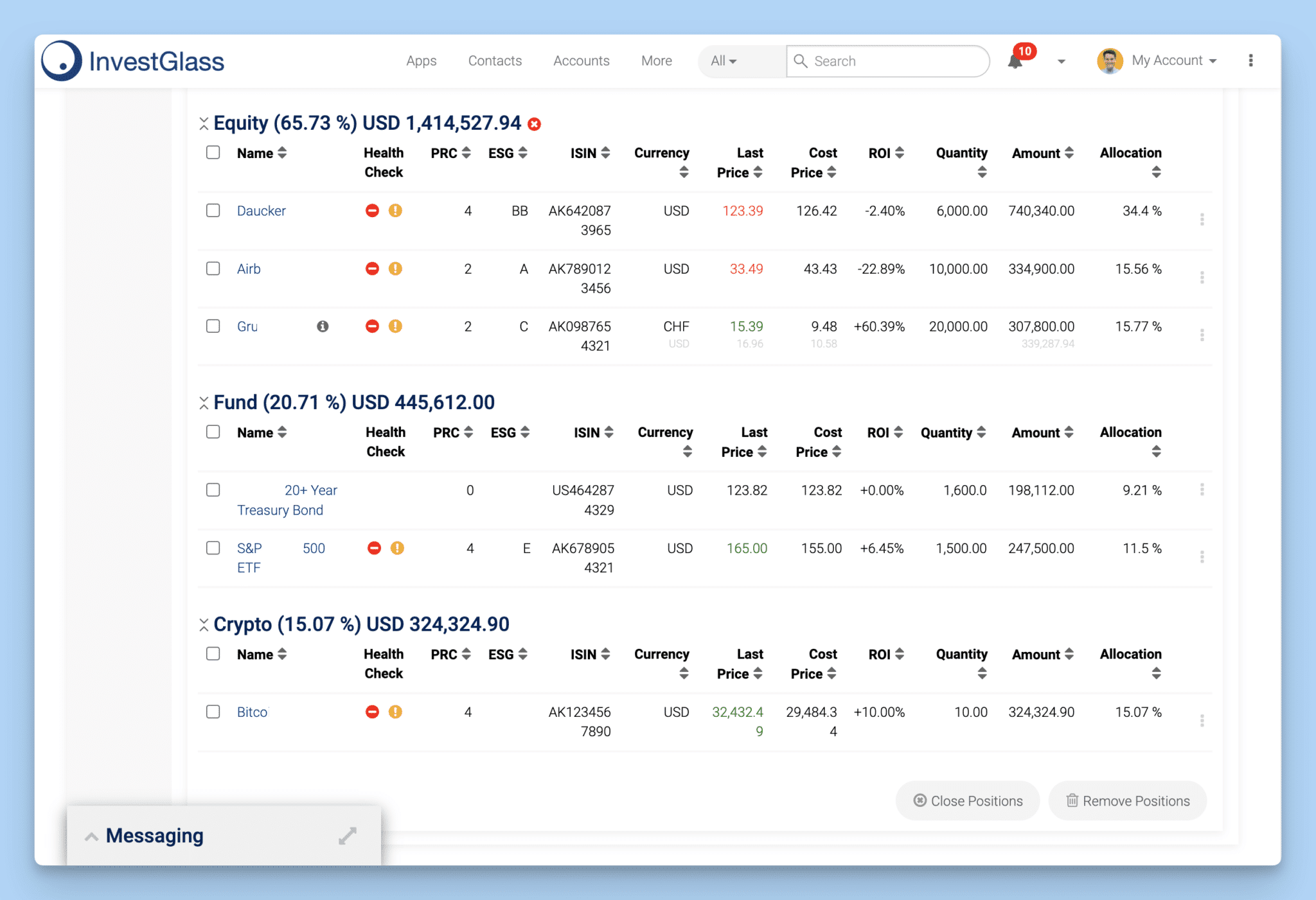Top 3 Best No Code Automation: Use Cases

No code automation platform allows businesses to streamline workflows without requiring programming skills. Users can build and automate processes using drag-and-drop interfaces, templates, and integrations.
For small businesses and enterprises alike, no code automation tools reduce reliance on developers, speed up implementation, and improve efficiency. Whether automating marketing, customer service, or internal operations, the right no-code automation platform can save time and cut costs.
This article covers the top 3 best no code automation tools along with their key features and use cases. We’ll also compare no-code vs. low-code automation and highlight the benefits of adopting no-code solutions in your business.
What Is No Code Automation?

No code automation allows users to create automated workflows without writing code. Users interact with a visual interface, such as drag-and-drop tools, to design automation processes.
This approach makes intelligent automation accessible to non-technical users. Automation coding also helps RPA teams by distributing automation tasks across employees. They can build their own workflows without IT intervention.
3 Best No Code Automation Tools
You should choose no code automation tools depending on your business needs, workflow complexity, and integration requirements. Below are three of the best no code automation platforms. Eeach offering unique features to help increase processes without coding. These tools enable users to automate tasks, improve efficiency, and reduce manual workload. We can see it is ideal for businesses of all sizes.
Creatio
Best for: Business process automation and CRM integration
Creatio offers a no code automation platform designed for end-to-end business process automation. Creatio combines workflow automation with CRM tools for companies that want to streamline customer interactions and internal operations.
Key Features:
- Visual process designer for building workflows
- AI-powered decision-making tools
- Pre-configured workflow templates
- Integration with third-party applications
Pipefy
Best for: Workflow management and team collaboration
Pipefy is a no code workflow automation that helps businesses standardize processes and improve collaboration. Pipefy offers customizable workflows that integrate with various business tools.
Key Features:
- Drag-and-drop workflow builder
- Automated task assignment and notifications
- Pre-built workflow templates for HR, finance, and customer service
- Integration with Slack, Google Drive, and other apps
Zapier
Best for: Connecting apps and automating tasks between them
Zapier is a popular no code automation tool that allows users to create “Zaps” (automated workflows) between thousands of apps. Zapier is ideal for automating repetitive tasks across different platforms.
Key Features:
- Supports over 5,000 app integrations
- No-code workflow builder
- Multi-step automation
- AI-powered automation suggestions
Differences Between No Code Automation and Low Code Automation
With the advancement of technology, low-code/no-code automation tools are becoming increasingly popular. No code automation is best for businesses that need quick, easy automation without technical expertise. Low code automation, on the other hand, allows for deeper customization but requires some coding knowledge.
| Feature | No code automation | Low code automation |
| User Type | Business users, non-technical staff | Developers and IT teams |
| Customization | Limited customization, template-based workflows | More flexibility and customization |
| Speed | Faster setup, easy to use | Requires some coding knowledge |
| Scalability | Best for simple to medium complexity workflows | Suitable for complex enterprise applications |
| Integration | Pre-built connectors for common tools | Custom API integrations possible |
Benefits Of No Code Automation?
No-code automation allows businesses to streamline operations, reduce manual work, and improve efficiency. Here are some key benefits:
- Saves Time – Automates repetitive tasks, reducing manual effort and speeding up workflows.
- Increases Efficiency – Ensures processes run smoothly with minimal errors and delays.
- Reduces Costs – Lowers the need for dedicated developers and IT resources.
- Enhances Collaboration – Allows non-technical employees to build and manage workflows independently.
- Improves Scalability – Easily adapts to changing business needs and grows with the organization.
- Enables Faster Implementation – Little to no setup time, making automation more accessible.
- Integrates with Existing Systems – Connects with other business tools to create seamless workflows.
- Boosts Innovation – Employees create and optimize their automation solutions without IT dependency.
No Code Automation Use Cases

No code automation is transforming industries by making efficient process and manual workloads. Businesses can use no-code tools to improve accuracy, save time, and enhance customer experience. With the right automation strategy, companies can reduce operational bottlenecks and stay ahead in a competitive landscape.
Employee Onboarding Automation
Employee onboarding involves multiple steps, including paperwork, IT setup, and training. No-code automation simplifies this process by ensuring all tasks are completed efficiently.
Use Case: Automated Onboarding Workflow
- Application Submission – Automatically collect candidate information and send it to HR.
- Document Collection & Verification – Auto-send emails for identification, tax forms, and contracts.
- IT & System Access Setup – Trigger account creation for email, Slack, and project management tools.
- Training & Orientation – Enroll new hires in an LMS (Learning Management System) and track course progress.
- Task Assignments & Follow-Ups – Automatically notify managers and mentors when a new employee joins and schedule check-in meetings.
Banking & Financial Services Automation
Banks and financial institutions handle large volumes of transactions, compliance checks, and customer requests daily. No-code automation improves operational efficiency and customer experience.
Use Case: Automated Loan Processing
- Loan Application & Eligibility Check – Customers submit loan applications online, and an AI-driven system checks eligibility using predefined criteria.
- Document Collection & Verification – Automates the collection of income proof, ID verification, and credit score reports.
- Risk Assessment & Approval – AI evaluates risk factors and recommends loan approval or rejection, reducing manual underwriting time.
- E-Signature & Contract Generation – Automatically generate loan agreements and send them for digital signing.
- Disbursement & Repayment Tracking – Once signed, funds are disbursed automatically, and repayment schedules are set up in the system.
Final Thoughts
No-code automation simplifies business processes for teams to work efficiently without relying on developers. For businesses looking to improve productivity and scale operations, adopting a web-based CRM for small business with no-code automation can be a game-changer. Companies can optimize workflows, reduce costs, and focus on growth.
Another strong contender in the no-code automation space is InvestGlass. InvestGlass combines CRM, automation, and client management tools to streamline financial workflows. We customize workflows and AI-driven insights for financial institutions and other regulated industries looking to improve efficiency.